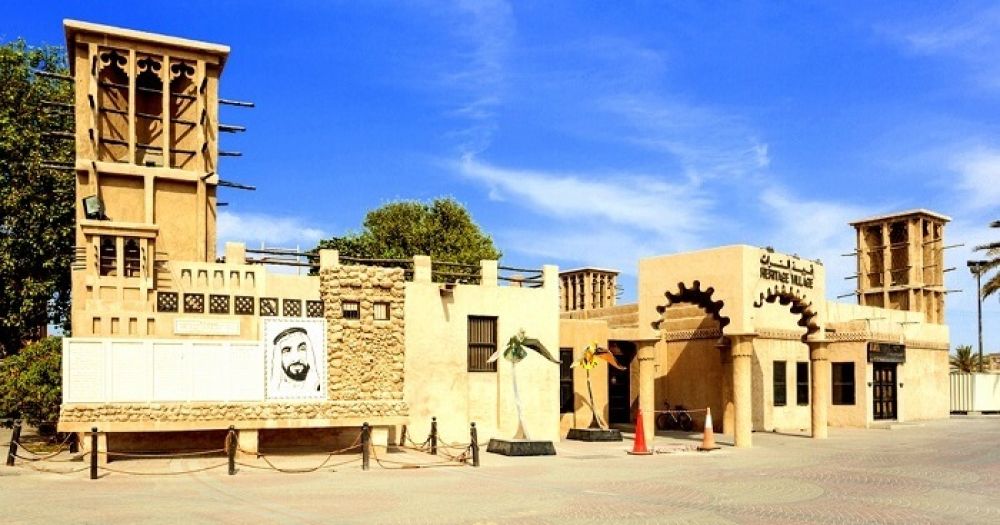

The area of Bur Dubai Village, also known as the Al Fahidi Historic District, is one of Dubai's most picturesque heritage sites. It is nestled against the Dubai Creek and represents a significant monument of Dubai's rapid transformation from a pearl diving and trading community to a global metropolitan city.
Tourism in Bur Dubai Village began to take shape with the conservation of the Al Fahidi Historical Neighbourhood, which dates back to the early 1900s. It was aimed at honoring the cultural significance of this area, which is one of the oldest heritage sites in the city. The government restored the sand-colored houses with wind towers (Barjeels), which were traditionally used for cooling homes before the advent of air conditioning, thereby preserving the distinct architecture of the past.
Initially, tourism in the district was more focused on the history and culture of the Emiratis, attracting those interested in the pre-oil era of Dubai. As Dubai's economy began to diversify and grow, more investments were made in the tourism sector, leading to the development of Souk Al Kabir, often referred to as Meena Bazaar, and the modernization of transportation with the launch of traditional Abra boats that ferry people across the Dubai Creek.
In recent decades, the government paved the way for a significant transformation that helped shape the future of tourism in the area. The strategic initiative to convert the ancient quarter into a living museum meant a surge in visitors eager to experience the Dubai of yore. The setup of numerous art galleries, museums, cultural exhibits, and events like the Sikka Art Fair have attracted tourists from across the globe.
Today’s visitors to Bur Dubai Village embark on a journey that blends traditional Emirati culture with global influences. The latest trend in tourism here is experiential travel that goes beyond sightseeing. Tourists are increasingly seeking authentic Emirati experiences, such as cultural walks, Arabic calligraphy lessons, traditional Emirati dining, and coffee sessions that incorporate storytelling about the region’s history.
Another trend is sustainable tourism, with travelers becoming increasingly conscious of their environmental footprint. Bur Dubai Village caters to this by maintaining its traditional architecture and offering cultural experiences that do not require significant energy consumption.
Furthermore, with the rise of social media, tourism in Bur Dubai Village has seen a new kind of boost. The historic and picturesque backdrop has become a haven for influencers and photographers, thus attracting a younger demographic. The picturesque alleyways, the vibrant bazaars, and the rustic charm are frequently shared on platforms like Instagram, attracting others to visit and experience the same.
In conclusion, Bur Dubai Village continues to evolve as a unique destination within a city known for its modernity and luxury. It has managed to retain its historical significance while adapting to the evolving demands and trends of global tourism.